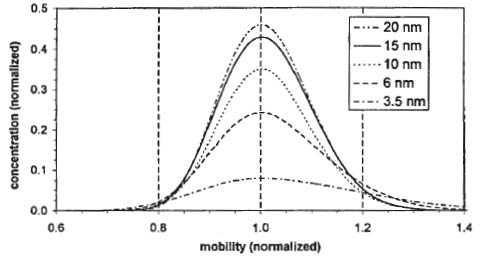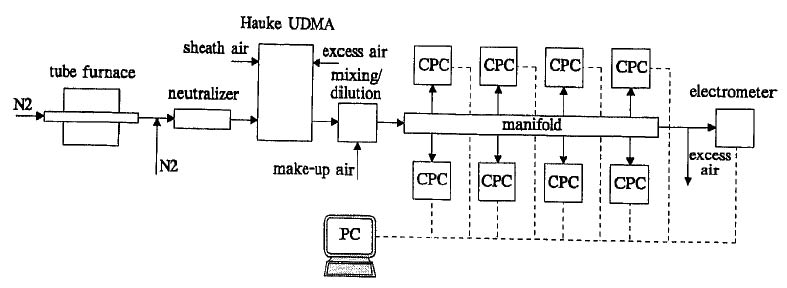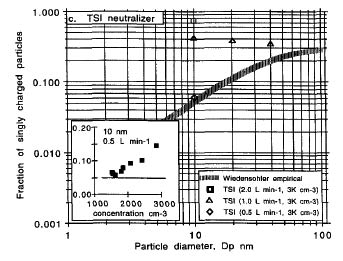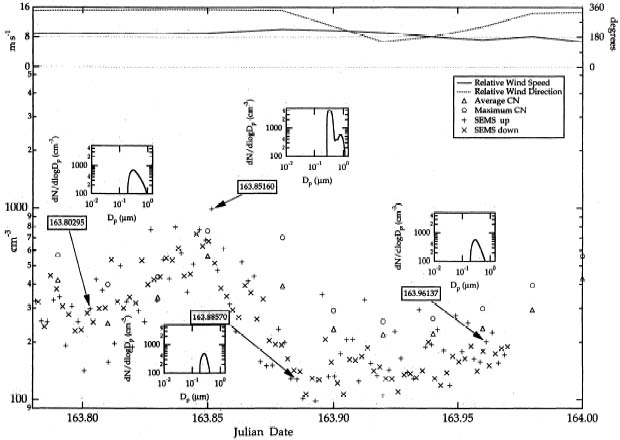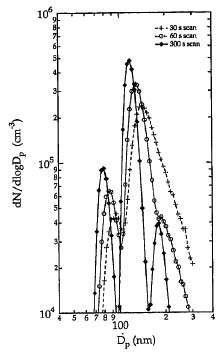|
||
Particle Size Distribution MeasurementsImproving our atmospheric research measurements is the key to further understanding the processes governing formation and evolution of marine- and continentally-derived aerosols. One such measurement is aerosol size distributions which, as the articles below will demonstrate, have developed improved spatial and temporal resolution to better observe microphysical events such as nucleation and condensation. The instruments used for these measurements include differential mobility analyzers (DMA), scanning electrical mobility spectrometer (SEMS), and radially classified aerosol detectors (RCAD). The effectiveness of these instruments depends on diffusion losses, transmission efficiencies, charge neutralizers, and transfer functions. Peer-reviewed publications on this topic:
Five types of different mobility analyzers were experimentally characterized by their transfer functions using particle size ranges between 3 and 200 nm. It was found that the area of the transfer function decreased with particle size for all DMA types and that the gradient of the decrease was different for each of the DMA types. Frequent calibration is essential for accurate concentration measurements in individual particle counters. In preparation for ACE1, particle detection efficiency curves for 26 condensation particle counters were investigated to ensure reliable data for comparison at the different sites among the instruments available. Three neutralizers commonly used in aerosol research were discussed to characterize the diffusion losses and charging efficiency of each, which is critical for accurate size dependent measurements. Both 85Kr neutralizers failed to bring a singly charged aerosol to equilibrium charge for the range of concentrations and flows reported, at low particle concentrations 85Kr neutralizers were functioning adequately for the purposes of ACE1. This paper describes a new system called a radially classified aerosol detector (RCAD) used for fast aircraft-based characterization of fine particle size distributions off the coast of Monterey, California. A ship-based aerosol study over the Atlantic utilized a scanning electrical mobility spectrometer (SEMS) with fast time resolution measurements to identify two very distinct air masses showing low-concentration bimodal distributions for cleaner air and higher-concentration single-mode distributions in air masses with apparent recent continental influence. A main limitation with DMAs has been the time required to determine size distributions. This paper presents the flow non-idealities in a Scanning Electrical Mobility Spectrometer (SEMS) and data inversion techniques. It was found that in order to optimize the time required the characteristic mixing time associated with the flow between classification and detection should be minimized. This paper describes a mobility analyzer for measurements of ultrafine aerosol particles called a Radial Differential Mobility Analyzer (RDMA) which is different from the conventional DMAs. The ideal transfer function of the RDMA is derived here, as well as the high transmission efficiency of 0.85-0.90 in the size range of 3-10nm reported with the use of both polystyrene latex particles and mobility-classified aerosol particles. |
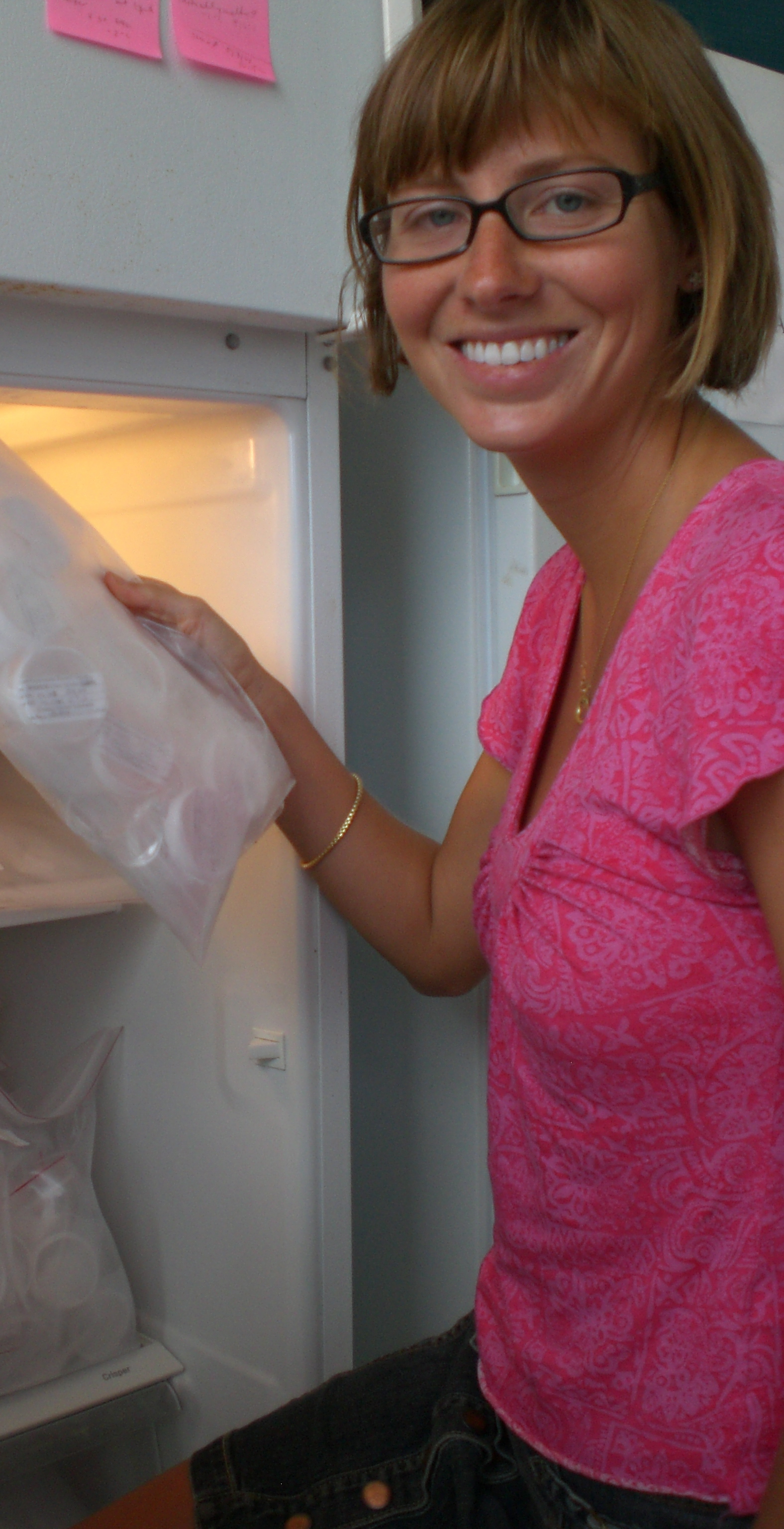
|
|

